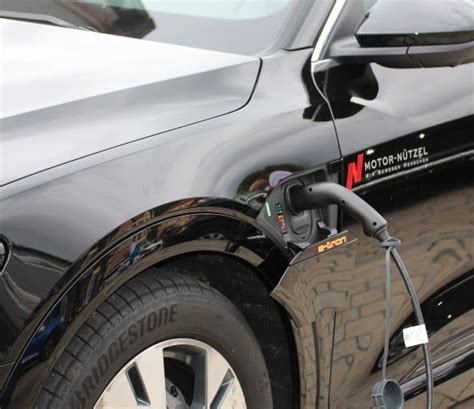Smart EV Charger Unplugging Techniques: A Comprehensive Guide
Electric vehicles (EVs) are rapidly gaining popularity, and with them comes the need for efficient and safe charging solutions. Smart EV chargers offer advanced features like scheduling, load management, and remote control, but understanding how to properly unplug them is crucial for both safety and optimal performance. This comprehensive guide explores various unplugging techniques, addressing common concerns and ensuring a smooth charging experience.
Why Proper Unplugging Matters
Before diving into specific techniques, let's understand why proper unplugging is so important. Improperly unplugging a smart EV charger could lead to:
- Damage to the charger: Forcibly pulling the cable can damage the internal components of the charger, leading to malfunctions or even complete failure.
- Electrical hazards: Improper disconnection could result in electrical shocks or short circuits, posing a significant safety risk.
- Data loss or corruption: In some cases, abrupt disconnections can lead to data corruption within the charger's internal system, impacting its functionality and data logging capabilities.
How to Safely Unplug Your Smart EV Charger
The safest and most effective way to unplug a smart EV charger varies slightly depending on the model and its features. However, the core principles remain consistent:
1. Turn off the charger: Before disconnecting the charging cable, always ensure that the charging process is complete and the charger is turned off. This usually involves using the on/off switch on the charger itself or through the accompanying smartphone app (if available). Many smart chargers will automatically stop charging once the battery is full, but verifying this step manually is crucial.
2. Gently disconnect the cable: Once the charger is off, grasp the connector firmly but gently. Avoid jerking or pulling the cable forcefully. Pull the cable straight out, ensuring there's no tension on the wires. If the connector is difficult to remove, try gently wiggling it back and forth before pulling.
3. Inspect the cable and connector: After disconnecting, visually inspect the charging cable and connector for any signs of damage, such as fraying, cuts, or loose connections. If any damage is visible, cease using the cable immediately and contact the manufacturer or a qualified electrician for assistance.
4. Secure the cable: Once unplugged, properly store the charging cable to prevent damage or accidental tripping hazards. Many chargers come with cable management features; utilize these to keep your charging area organized and safe.
Troubleshooting Common Unplugging Issues
H2: My Smart EV Charger Won't Turn Off.
If your smart charger refuses to turn off, first try restarting it by unplugging it from the power source and plugging it back in after a few minutes. If the problem persists, consult the user manual for troubleshooting steps or contact the manufacturer's customer support. The issue might involve a software glitch or a more serious hardware problem.
H2: The Charging Cable Feels Stuck.
A stuck charging cable is often due to dust accumulation or a poor connection. Carefully clean the connector and the charging port on your EV, using a soft, dry cloth. If the problem continues, it may indicate a problem with either the charger or the vehicle's charging port. Seek professional help in such cases.
H2: What if My Smart Charger Doesn't Have an On/Off Switch?
Some smart chargers may not have a physical on/off switch. In this case, you’ll rely entirely on the software to stop charging. Ensure the charging process is complete and the charger has indicated it’s finished before attempting to unplug.
H2: Can I Leave My EV Plugged In After Charging is Complete?
While it’s generally safe to leave your EV plugged in after it's fully charged, many smart chargers are designed to maintain a small trickle charge to compensate for minor battery self-discharge. Check your charger's specific instructions and consider unplugging for optimal battery health, and to avoid potential long-term strain on the charging system.
Conclusion
Proper unplugging techniques for smart EV chargers are crucial for ensuring safety, prolonging the lifespan of the equipment, and maintaining optimal charging performance. By following these guidelines and addressing potential problems proactively, you can enjoy the convenience and efficiency of your smart EV charger without compromising safety or functionality. Remember to always consult your charger's user manual for specific instructions and seek professional help if you encounter any persistent issues.

